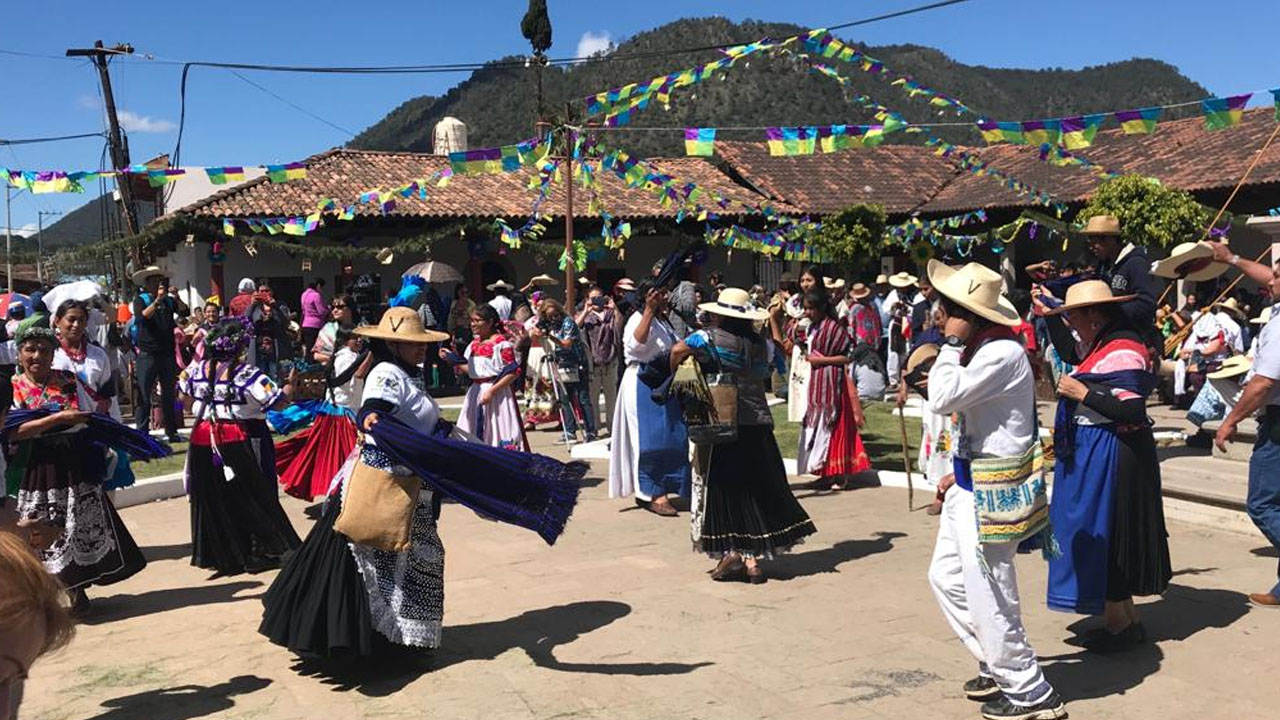This indigenous people established an empire that extended its cultural influence throughout much of Mesoamerica, here you can learn about the Location of the Purépechas during the time of his great empire and that occupied by his descendants today.

Location of the Purépechas
The Purépecha are an indigenous population that currently coexist in the Mexican state of Michoacán, however some groups have gone to neighboring states such as Colima, Jalisco, Guanajuato, Guerrero, State of Mexico, they have also changed their residence to Mexico City and even to other countries such as the United States.
The location of the Purépechas comprises an area that is close to 6000 square kilometers and is located in the north of the center of the state of Michoacán, forming a unit of relative compactness where they have maintained their customs and especially their language. The location of the Purépechas is located between 1600 and 2600 meters above sea level and is known as P'urhépecha or Purépecha, which means “place where the P'urhé live”.
History of the Purepechas
The Purépecha region was formed by the occupation of the Tarascan empire around the eleventh century of our era. The most likely theory is that their ancestors were the Chichimecas who arrived from the north, who were hunters and warriors, who joined the populations that were already inhabiting the shores of the lake, these inhabitants had a similar language. It is thought that there is some relationship with South American cultures due to their knowledge of metallurgy, their fabrics, the existence of female deities and their language.
Between the fifteenth and sixteenth centuries, the Purépecha empire had great importance and power that withstood the strong pressure of the Mexica empire. The location of the Purépechas during the existence of their empire occupied the southern part of the current state of Guanajuato, a large region of the current state of Michoacán, the northern part of the current state of Guerrero reaching the south of the state of Mexico.
The Purépechas formed a powerful empire that extended its influence throughout the Mesoamerican region and in order to maintain that power it had great confrontations with both the Aztecs and the Mexica. When the Spaniards arrived, the Michoacan lord Tangaxoan II, king of the Purépechas, did not resist and signed a peace treaty in order to preserve the life of his people, however Governor Nuño de Guzmán looted the town and destroyed the temples to strip them of their precious metals.
Not content with this, he accused King Tangaxoan II of having killed Spaniards, of secretly maintaining a cult of his religion and of promoting violence, after which he ordered his execution. Due to these, many Purépechas fled to the mountains and violent clashes arose.
The Spanish crown appointed Don Vasco de Quiroga as visitor, who established a colonial order that ultimately contributed to the survival of the Purépecha culture. The Purépechas were established in "indian towns", where they had the autonomy to choose their authorities, these were in charge of the administration of the lands, waters and forests.
The Purépechas and their origin
Through the analysis of the language of the Purépechas it was determined that they are not related to other languages spoken in the country or in other regions belonging to Mesoamerica and if they have similarities with Andean languages. This is the main reason why some authors maintain that the origin of the Purépechas is from South America. Other reasons for such an affirmation are the ceramic remains, the burials type pit and the constructions that spread from the South American continent reaching the center of Mexico.
They also allege that there are many religious and cultural similarities between the Purépecha culture and that of some southern peoples. The similarity of the Purépecha language with the Wari language, which is a mixture of different languages spoken on the Peruvian coast. His knowledge of the use of arsenical bronze that was only used by the cultures of Peru. The presence of purple corn originating from that region of South America.
Name's origin
The term purépecha refers to “common people”. Its widespread use is associated with the disappearance of the dominant class of the Tarascan indigenous people, which caused a process of "purepechization" to originate (Castillejas and Cervera, 2005). In the documents of the colony the term Purépecha is not used until the end of the nineteenth century. For this reason, some maintain that the most appropriate is to use the term Tarascan for the populations found by the Spaniards on their arrival.
In many towns, older people recognize themselves as Tarascans and their language is known as such. The generalized use of Purépecha comes from just over twenty years ago as a vindication that goes against the past of subjugation, colonization and exploitation and not explicitly as a commune peasant.
Here are some links of interest:

